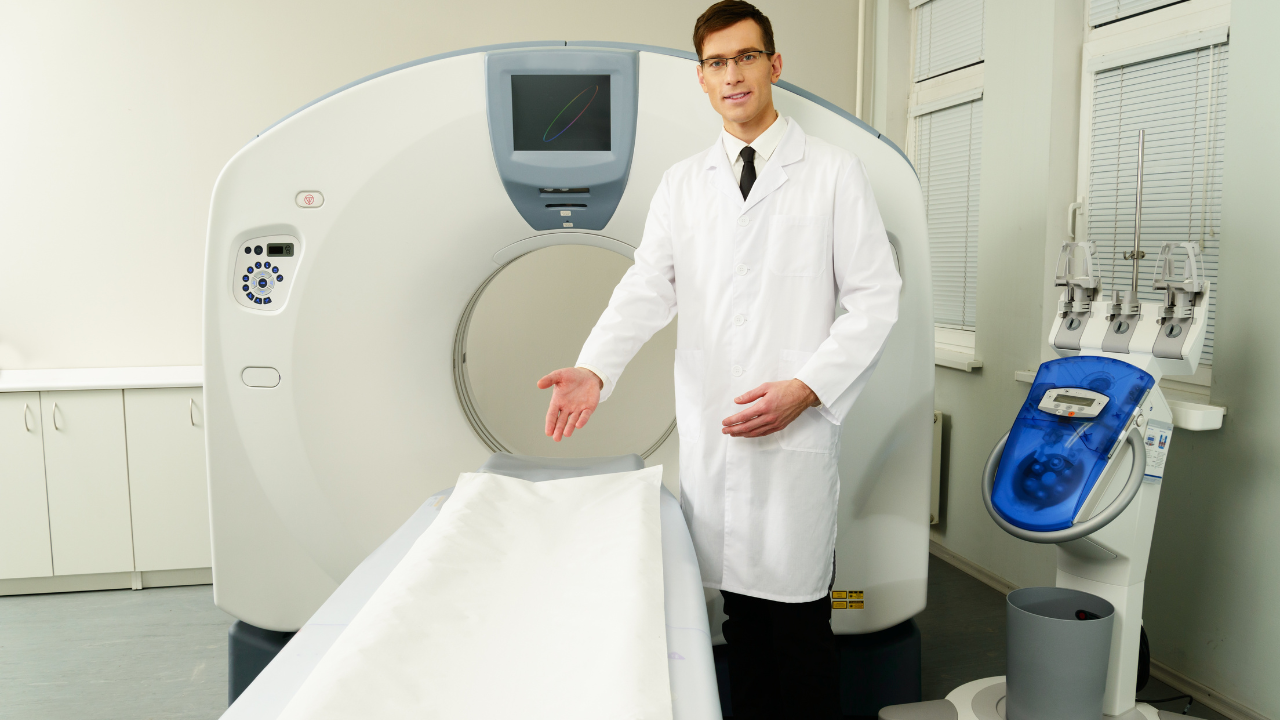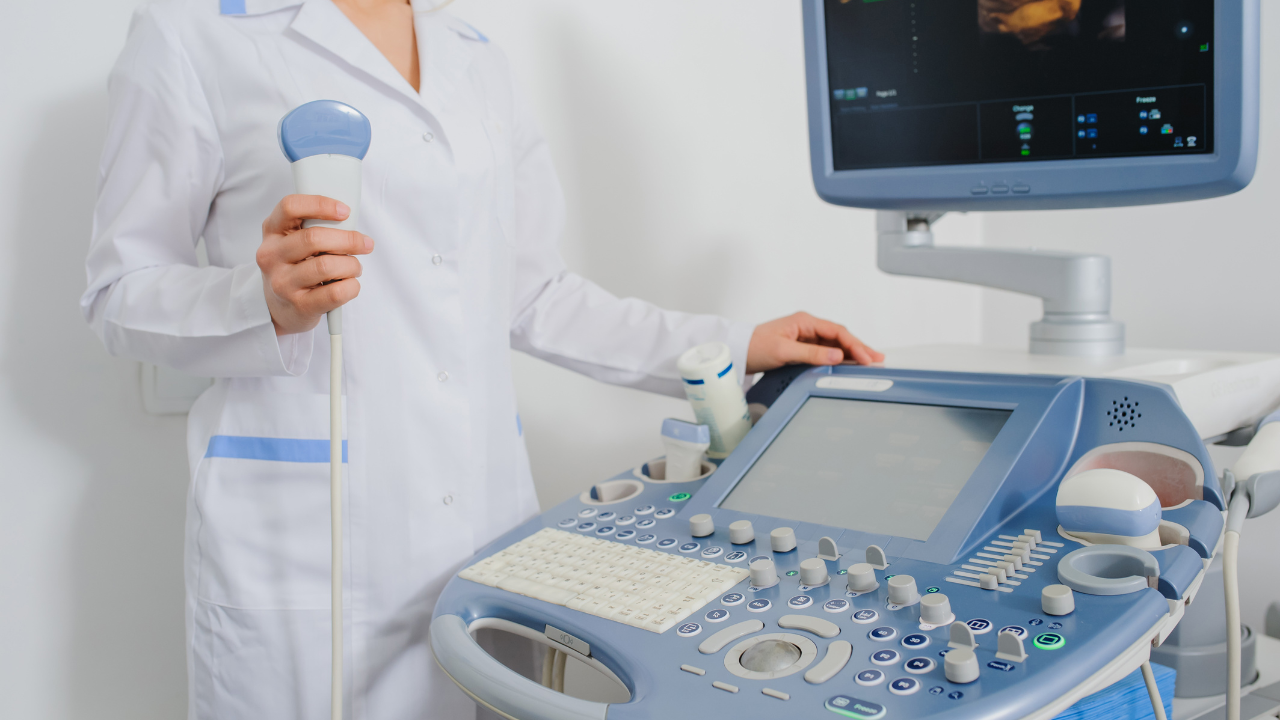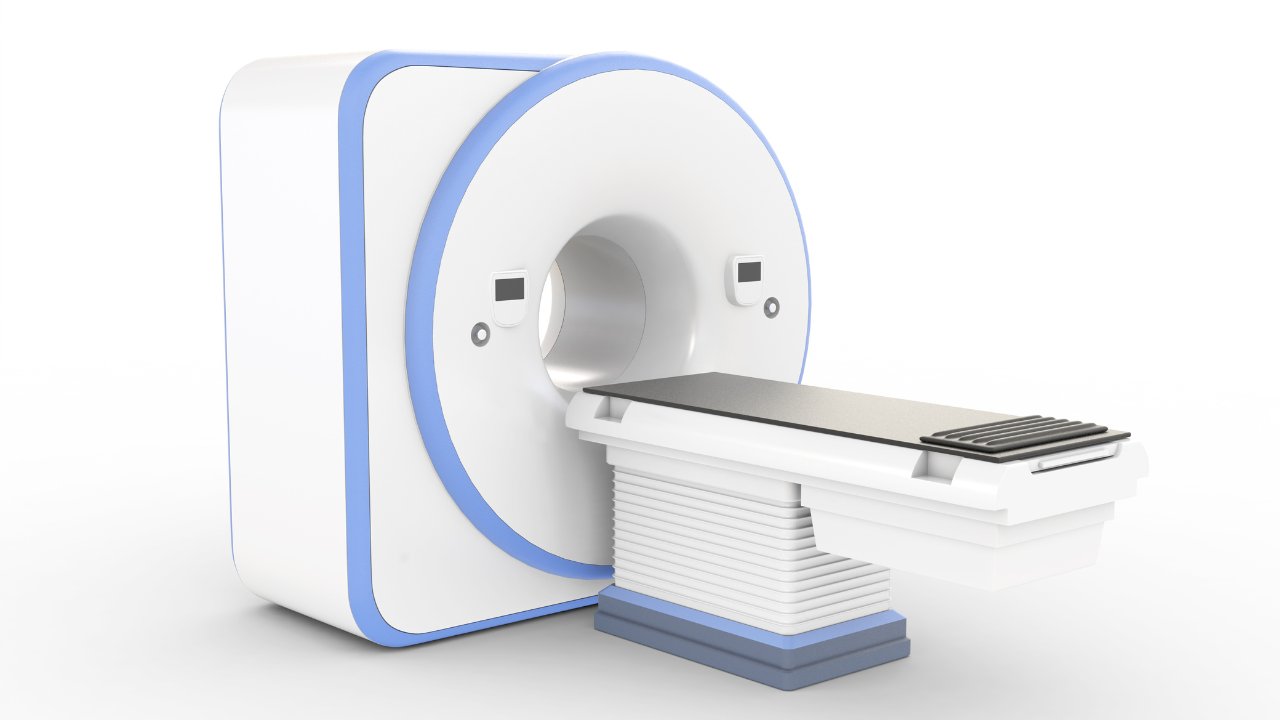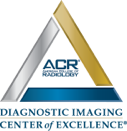Blog and News
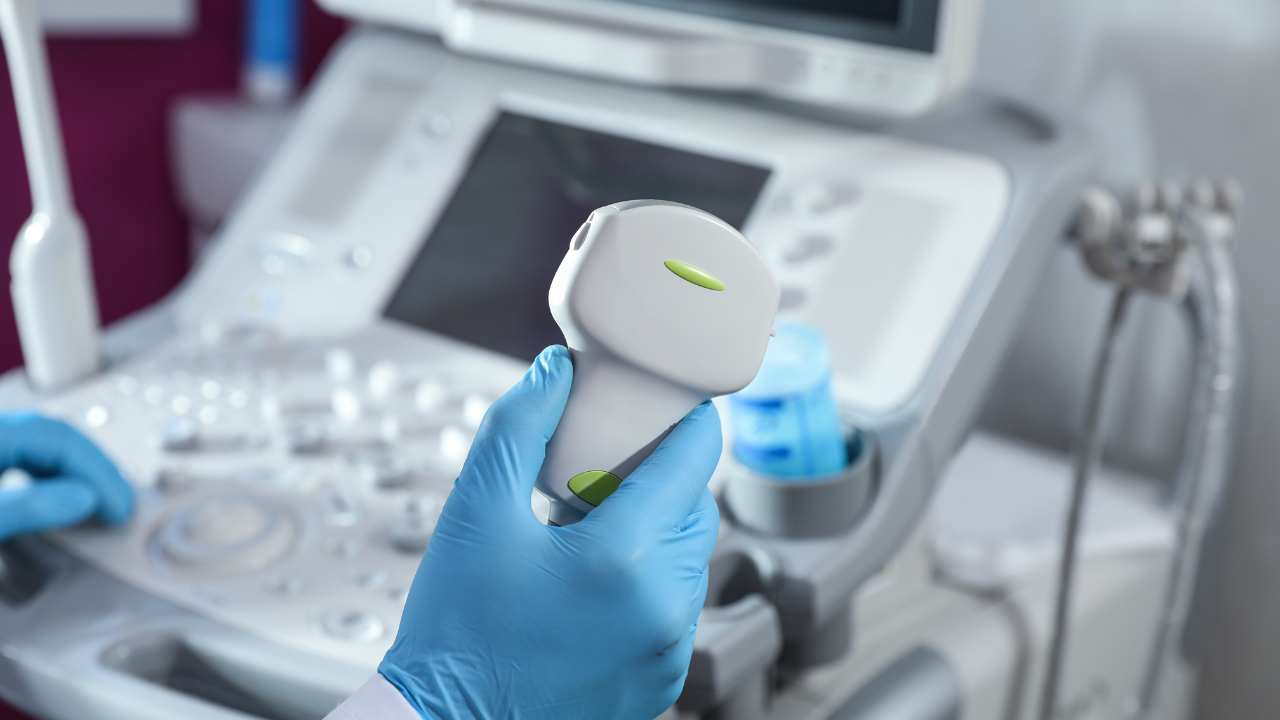
Yes, ultrasound imaging can offer precise diagnostics in soft tissue anomalies. Its high sensitivity and specificity ensure accurate identification of conditions. The image quality, bolstered by high resolution and effective contrast management, differentiates tissue types clearly. Skilled operators, through continuous training, master acquisition techniques and subtle anomaly identification. Proper calibration of ultrasound machines, including transducer frequency adjustments and time-gain compensation, further enhances diagnostic precision. Consistent probe placement, angle correction, and real-time monitoring also contribute to reliable measurements. Discover more intricacies behind what makes ultrasound a reliable tool for soft tissue evaluation.
Listen to the Article
Key Takeaways
- Ultrasound's high resolution allows for detailed visualization of soft tissue structures and anomalies.
- Proper machine calibration ensures accuracy in identifying and diagnosing soft tissue conditions.
- Operator skill significantly impacts the precision of soft tissue anomaly detection.
- Effective contrast management in ultrasound imaging aids in differentiating between various soft tissue types.
- Real-time monitoring enables dynamic adjustments and accurate characterization of soft tissue abnormalities.
Diagnostic Accuracy
When evaluating the diagnostic accuracy of ultrasound imaging for soft tissue anomalies, it's crucial to consider both sensitivity and specificity metrics.
Sensitivity measures the test's ability to correctly identify those with the condition, while specificity assesses the ability to correctly identify those without it.
Image Quality Factors
Achieving high diagnostic accuracy in ultrasound imaging depends significantly on several image quality factors. These factors include resolution, contrast, and artifact management.
You need to ensure optimal resolution to distinguish fine details, manage contrast to differentiate between soft tissue types, and minimize artifacts that can distort the image. Each factor plays a critical role in providing accurate and reliable diagnostic information for patient care.
Operator Skill Impact
The expertise of the ultrasound operator directly influences diagnostic outcomes. Skillful manipulation of the transducer and accurate interpretation of images are critical for identifying soft tissue anomalies.
To enhance diagnostic accuracy, focus on:
- Continuous professional training
- Mastery of image acquisition techniques
- Proficiency in identifying subtle anomalies
- Effective patient communication
Your skill can significantly improve patient outcomes and diagnostic precision.
Machine Calibration
Proper machine calibration ensures that ultrasound images are both accurate and reliable, which is pivotal for the detection of soft tissue anomalies. You'll need to routinely check the system's settings, adjust transducer frequencies, and verify image resolution.
Calibrating the time-gain compensation and ensuring optimal power output are also crucial steps. By doing so, you guarantee diagnostic precision and enhance patient care.
Measurement Precision
Calibration is just the first step; for precise measurements in ultrasound imaging, you must rigorously assess and adjust for factors like probe positioning, angle of incidence, and tissue heterogeneity.
To achieve this, consider:
- Consistent probe placement: Ensure repeatability.
- Angle correction: Minimize errors in Doppler measurements.
- Tissue characterization: Differentiate between soft tissues.
- Real-time monitoring: Adjust settings dynamically.
Frequently Asked Questions
What Are the Common Applications of Ultrasound in Soft Tissue Diagnostics?
You'll find ultrasound commonly used for diagnosing soft tissue anomalies like muscle tears, ligament injuries, and cysts. It's precise, non-invasive, and provides real-time imaging, which helps you serve patients with accurate, immediate assessments.
Are There Any Risks Associated With Ultrasound Imaging?
Like a gentle breeze, ultrasound imaging typically presents minimal risks. You should be aware, though, that prolonged exposure can cause tissue heating or cavitation. However, these risks are rare and generally outweighed by the diagnostic benefits.
How Does Ultrasound Imaging Compare to MRI for Soft Tissue Evaluation?
You'll find that ultrasound imaging provides real-time evaluation, is cost-effective, and readily accessible. However, MRI offers superior contrast resolution and detailed images for complex soft tissue structures, making it more reliable for intricate diagnosis.
Can Ultrasound Be Used to Guide Minimally Invasive Procedures?
Imagine ultrasound as your guiding light in the dark; it's incredibly effective for guiding minimally invasive procedures. You'll appreciate its real-time imaging, which enhances precision and reduces patient risk, ultimately serving your patients better.
What Advancements Are Being Made in Ultrasound Technology for Soft Tissue Assessment?
You'll find advancements like high-frequency transducers and elastography are enhancing soft tissue assessment. These technologies offer detailed imaging and tissue stiffness measurement, enabling more accurate diagnostics and better patient care in your medical practice.
Conclusion
In a nutshell, ultrasound imaging offers precise diagnostics for soft tissue anomalies, provided several factors align.
The diagnostic accuracy hinges on image quality, which in turn depends on the operator's skill and machine calibration.
When everything is fine-tuned, measurement precision can be impressive. However, if the operator isn't well-trained or the machine isn't calibrated correctly, the results may be less reliable.
Overall, ultrasound stands as a powerful tool, but only if you dot your i's and cross your t's.
Services
Contact Details
Address: 1971 Gowdey Road,
Naperville, IL 60563
Phone: 630-416-1300
Fax:
630-416-1511
Email: info@foxvalleyimaging.com
© Copyright 2023 Fox Valley Imaging, Inc..


